We have a super special trivia quiz for you today — a mega US history trivia quiz — because there’s just too much history in our country to have a normal-sized set of trivia questions.
From the early days of Colonial America to the tumultuous years of the American Revolution and the forging of a new republic, each chapter unfolds with intriguing questions and facts that illustrate the nation’s courage, struggle, and resilience.
We’ll then navigate the turbulent waters of the Civil War and Reconstruction, followed by the dawn of a new era with the Progressive Era and World War I.
And finally, prepare to swing into the Roaring Twenties, weather the storm of the Great Depression, and stand tall in the face of the greatest conflict the world had ever seen: World War II.
Get ready to really test your knowledge with our US history trivia questions and uncover fascinating insights as we dive deep into the eras that shaped the nation we know today.
* This post may contain affiliate links. You won’t be paying a cent more, but in the event of a sale, the small affiliate commission I receive will help keep this blog running/pumping out useful content. Thanks!
Before we get started — we invite you to bookmark or save some of these other history-related trivia quizzes for later!
- 175 History Trivia Questions to Put Your Knowledge to the Test
- AAPI Heritage Month: 75 Trivia Questions To Help You Celebrate
- 101+ World History Trivia Questions For History Buffs
- 100 Literature Trivia Questions and Answers For Bookworms
- International Women’s Day: 80 Trivia Questions To Celebrate Powerful Women
US History Trivia: Warm-Up Round (Random Questions)
During which century did the United States purchase Alaska from Russia?
Answer: The 19th century (1867 to be exact)
Who was the first woman to run for President of the United States?
Answer: Victoria Woodhull in 1872
What was the first national park established in the United States?
Answer: Yellowstone National Park in 1872
Who is featured on the front (obverse) of the $2 bill?
Answer: Thomas Jefferson
Which president was featured on the $5,000 bill?
Answer: James Madison
Which president recalled the $5,000 bill to prevent money laundering?
Answer: Richard Nixon
Which U.S. state was the first to grant women the right to vote?
Answer: Wyoming in 1869
What was the primary purpose of the Lewis and Clark Expedition?
Answer: To explore and map the newly acquired Louisiana Territory and find a route to the Pacific Ocean
Who wrote the Declaration of Independence?
Answer: Thomas Jefferson
What year did the United States host its first World’s Fair, known as the Centennial Exposition?
Answer: 1876
US History Trivia: The American Colonies

Question: Which three European countries were contending for dominion in North America at the beginning of the 17th century?
Answer: France, Spain, and England.
Question: What were the three original settlements that the British planted in North America?
Answer: Jamestown, Plymouth, and New Amsterdam.
Question: Which group of colonists landed at Plymouth in 1620?
Answer: The Pilgrims. ‘Pilgrim’ became (by the early 1800s at least) the popular term applied to all the Mayflower passengers and even to other people arriving in Plymouth in those early years.
Question: What was the first permanent English settlement in North America?
Answer: Jamestown.
Question: Which colony was founded as a haven for Separatists seeking religious freedom?
Answer: Rhode Island. Rhode Island became a haven for Baptists, Quakers, Jews and other religious minorities.
Question: Which company was chartered by the crown to establish colonies along the American coast?
Answer: The Virginia Company (of London).
Question: What crop became the economic foundation of Virginia’s economy in the early 17th century?
Answer: Tobacco.
Question: What was the name of the first written framework of government established in the Plymouth Colony?
Answer: The Mayflower Compact.
Question: Which colony was founded as a refuge for Catholics?
Answer: Maryland.
Question: Which colony was settled by the Dutch and later taken over by the English?
Answer: New Netherland, later renamed New York.
Question: Which colony was established as a Quaker settlement advocating religious tolerance?
Answer: Pennsylvania.
Question: Which group of settlers established the Massachusetts Bay Colony in 1630?
Answer: Puritans.
Question: What was the first representative assembly in British North America, established in Virginia in 1619?
Answer: The House of Burgesses.
Question: What was the purpose of the New England Confederation formed in 1643?
Answer: Defense against Native Americans, the French, and the Dutch.
Question: What was the name of the colony founded by the Swedes on the Delaware River?
Answer: New Sweden.
Question: What system of labor did Virginia initially rely on before turning to African slavery?
Answer: Indentured servitude.
Question: Who was the leader of the Pilgrims and the second governor of Plymouth Colony?
Answer: William Bradford.
Question: What was the term used to describe the English policy of allowing colonies to govern themselves with minimal interference?
Answer: Salutary neglect.
US History Trivia: The American Revolution
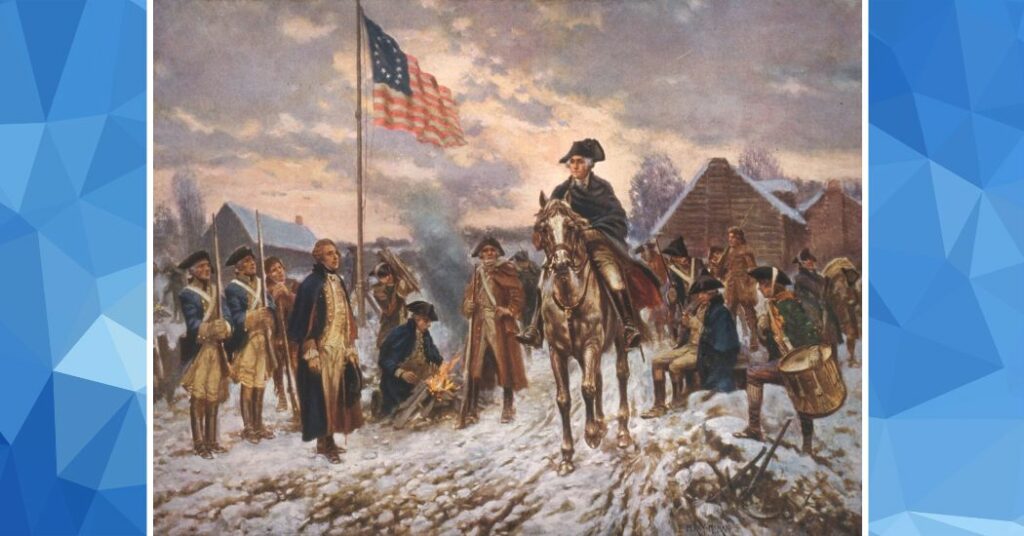
Question: What event is commonly regarded as the beginning of the American Revolution?
Answer: The Battles of Lexington and Concord on April 19, 1775.
Question: Which document, drafted by Thomas Jefferson, declared the 13 American colonies independent from British rule?
Answer: The Declaration of Independence.
Question: Which famous phrase is associated with the American Revolution and is found in the Declaration of Independence?
Answer: “Life, Liberty, and the pursuit of Happiness.”
Question: What was the name of the pamphlet written by Thomas Paine that encouraged colonists to seek independence from Great Britain?
Answer: “Common Sense.”
Question: Which battle is considered the turning point of the American Revolution, where General Washington’s army defeated the British, leading to French support for the American cause?
Answer: The Battle of Saratoga (1777).
Question: What winter encampment became a symbol of endurance and dedication for the Continental Army during the American Revolution?
Answer: Valley Forge.
Question: Which European country provided military and financial assistance to the American colonies during the Revolution?
Answer: France.
Question: What was the final major battle of the American Revolution, resulting in the surrender of British General Cornwallis to General Washington?
Answer: The Battle of Yorktown (1781).
Question: Who was the British monarch during the American Revolution?
Answer: King George III.
Question: What treaty officially ended the American Revolution and recognized the independence of the United States?
Answer: The Treaty of Paris (1783).
Question: Which American military leader famously crossed the Delaware River on Christmas night in 1776 to surprise and defeat Hessian forces at the Battle of Trenton?
Answer: George Washington.
Question: What was the name of the document that served as the first constitution of the United States before the adoption of the current Constitution?
Answer: The Articles of Confederation.
Question: Which American naval officer is known as the “Father of the American Navy” for his successful naval campaigns against the British during the Revolution?
Answer: John Paul Jones.
Question: What group of colonial fighters, known for their expertise in guerrilla warfare, harassed British troops throughout the American Revolution?
Answer: The minutemen.
Question: Which Enlightenment philosopher’s ideas about natural rights and government influenced the American Revolution and the drafting of the Declaration of Independence?
Answer: John Locke.
Question: Which European country supplied about 30,000 troops to the British during the American Revolution?
Answer: Germany (Hessians).
Question: What were most British enlisted men before joining the army during the Revolution?
Answer: Farm boys.
US History Trivia: The Civil War
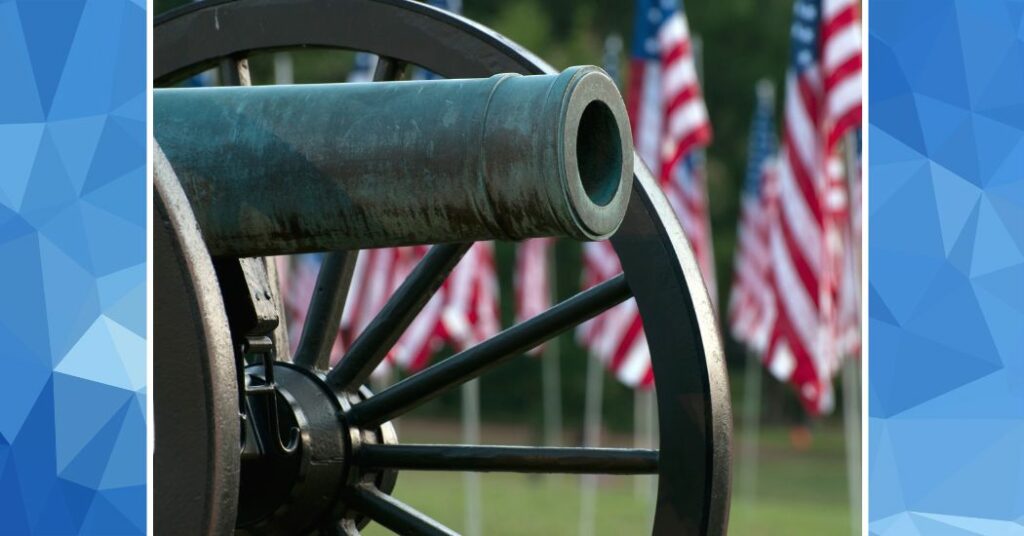
Question: What event marked the beginning of the Civil War?
Answer: The Confederate attack on Fort Sumter on April 12, 1861.
Question: Who served as the President of the Confederate States of America during the Civil War?
Answer: Jefferson Davis.
Question: Which famous Confederate general led the Army of Northern Virginia during the Civil War?
Answer: Robert E. Lee.
Question: What was the bloodiest battle of the Civil War, often considered the turning point of the conflict?
Answer: The Battle of Gettysburg.
Question: Which Civil War battle, fought over two days, saw more American casualties than all previous American wars combined?
Answer: The Battle of Shiloh.
Question: What battle, known as the bloodiest single day of the Civil War, resulted in a total of 23,000 casualties?
Answer: The Battle of Antietam.
Question: During which battle did Clara Barton, tending to the wounded, have a bullet pass through her sleeve and kill a man she was treating?
Answer: The Battle of Antietam.
Question: Who was the last man killed in the Civil War, in a battle at Palmito Ranch, Texas, on May 13, 1865?
Answer: Private John J. Williams of the 34th Indiana.
Question: What was the rank of Ulysses S. Grant when he was promoted in 1864, making him the commander of the Union army?
Answer: Lieutenant General.
Question: Which Confederate general surrendered the city of Vicksburg to Union General Ulysses S. Grant on July 4, 1863?
Answer: General John C. Pemberton.
Question: How many words did President Abraham Lincoln use in his famous Gettysburg Address, delivered in November 1863?
Answer: 269 words.
Question: What was the value of all manufactured goods produced in all Confederate states at the start of the Civil War, compared to those produced in New York State alone?
Answer: Less than one-fourth.
Question: What naval battle in March 1862 marked the debut of ironclad warships, rendering every other navy obsolete?
Answer: The Battle of Hampton Roads.
Question: What was the term for the profession where men would repeatedly enlist, desert, and then enlist again elsewhere during the Civil War?
Answer: Bounty jumping.
Question: How many horses did Confederate General Nathan Bedford Forrest have shot from under him during the Civil War?
Answer: 30 horses.
Question: What famous speech did President Abraham Lincoln deliver during the Civil War, emphasizing the preservation of the Union and the equality of all citizens?
Answer: The Gettysburg Address.
Question: What document issued by President Lincoln on January 1, 1863, declared all slaves in Confederate-held territory to be free?
Answer: The Emancipation Proclamation.
Question: Who assassinated President Abraham Lincoln on April 14, 1865, just days after the end of the Civil War?
Answer: John Wilkes Booth.
Question: What was the name of the plan proposed by President Lincoln for the Reconstruction of the Southern states after the Civil War?
Answer: The Ten Percent Plan.
Question: What amendment to the U.S. Constitution, ratified in 1865, abolished slavery in the United States?
Answer: The Thirteenth Amendment.
Question: What was the name of the period immediately following the Civil War during which the federal government worked to rebuild the South and integrate freed slaves into society?
Answer: Reconstruction.
Question: Who became President of the United States after the assassination of Abraham Lincoln?
Answer: Andrew Johnson.
Question: Which African American became the first black man ever elected to the U.S. Senate during the Reconstruction era?
Answer: Hiram Revels of Mississippi.
Question: What were the laws passed by Southern states during Reconstruction to restrict the rights of African Americans and enforce racial segregation?
Answer: Jim Crow laws.
Question: What organization, founded in 1865, aimed to provide assistance to newly freed slaves, including education, healthcare, and legal aid?
Answer: The Freedmen’s Bureau.
Question: What amendment to the U.S. Constitution, ratified in 1868, granted citizenship and equal protection under the law to all people born or naturalized in the United States?
Answer: The Fourteenth Amendment.
Question: What was the name of the compromise reached in 1877 that ended Reconstruction and removed federal troops from the South?
Answer: The Compromise of 1877 or the Hayes-Tilden Compromise.
Question: What was the name of the system of farming in the South after the Civil War in which tenant farmers rented land and paid with a share of their crops?
Answer: Sharecropping.
Question: What term describes the period of economic expansion and industrial growth in the United States following the Civil War?
Answer: The Gilded Age.
US History Trivia: World War I
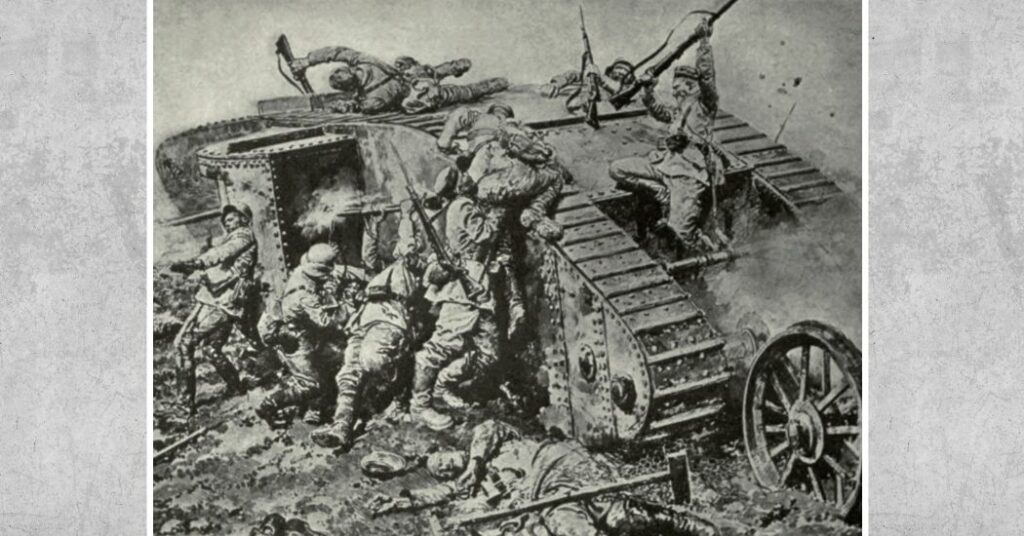
Question: What region of southeast Europe was the epicenter of tensions before World War I?
Answer: The Balkans.
Question: What was the name of the ship sunk by a German U-boat in 1915, which contributed to turning American public opinion against Germany?
Answer: The Lusitania.
Question: What did President Woodrow Wilson call for in front of Congress on April 2, 1917?
Answer: A declaration of war against Germany.
Question: Who was the President of the United States during World War I?
Answer: Woodrow Wilson.
Question: What event marked the official start of World War I on July 28, 1914?
Answer: Austria-Hungary declaring war on Serbia due to the assassination of the heir to the Austro-Hungarian Empire, Archduke Franz Ferdinand, in 1914.
Question: What term describes the aggressive military strategy used by Germany to fight on two fronts during World War I?
Answer: The Schlieffen Plan. It was designed to allow Germany to wage a successful two-front war.
Question: Who assassinated Archduke Franz Ferdinand, heir to the Austro-Hungarian Empire, in Sarajevo?
Answer: Gavrilo Princip, a Serbian nationalist.
Question: What term describes the assurance given by Kaiser Wilhelm II of Germany to Austria-Hungary, pledging Germany’s support in case of war?
Answer: A “blank check.”
Question: In the First Battle of the Marne, what action did French and British forces take against the invading German army?
Answer: They checked the German advance and mounted a successful counterattack.
Question: Which battle, lasting from February to December 1916, saw close to a million casualties and was fought between German and French troops?
Answer: The Battle of Verdun.
Question: What poem, published in 1915, inspired the use of the poppy as a symbol of remembrance for fallen soldiers?
Answer: “In Flanders Fields” by Lieutenant-Colonel John McCrae.
Question: Which battle, launched in April 1915, aimed to score a victory against the Ottoman Empire but ended in a dismal failure for the Allies?
Answer: The Gallipoli Campaign.
Question: After the failure of the Gallipoli Campaign, what did Winston Churchill do?
Answer: He resigned his command and accepted a commission with an infantry battalion in France.
Question: What was the biggest naval engagement of World War I?
Answer: The Battle of Jutland.
Question: What battle, fought along the Isonzo River, saw 12 major engagements between Italian and Austrian forces?
Answer: The Battle of the Isonzo.
Question: What term describes Germany’s policy on submarine warfare during World War I?
Answer: Unrestricted submarine warfare.
Question: Who was the leader of the Bolsheviks who spearheaded the Russian Revolution?
Answer: Vladimir Lenin.
Question: Which country’s imperial regime was overthrown during their Revolution of 1917?
Answer: Russia.
Question: What battle, fought in late August 1914, halted the Russian invasion of German-held regions?
Answer: The Battle of Tannenberg.
Question: What was the term used to describe the strait linking the Sea of Marmara with the Aegean Sea?
Answer: The Dardanelles.
Question: Which British-led campaign saw Allied forces combating the Ottoman Turks in Egypt and Mesopotamia?
Answer: The Mesopotamian campaign.
Question: What was the purpose of the arms appropriations bill passed by Congress in February 1917?
Answer: To make the United States ready for war.
US History Trivia: The Roaring 20s
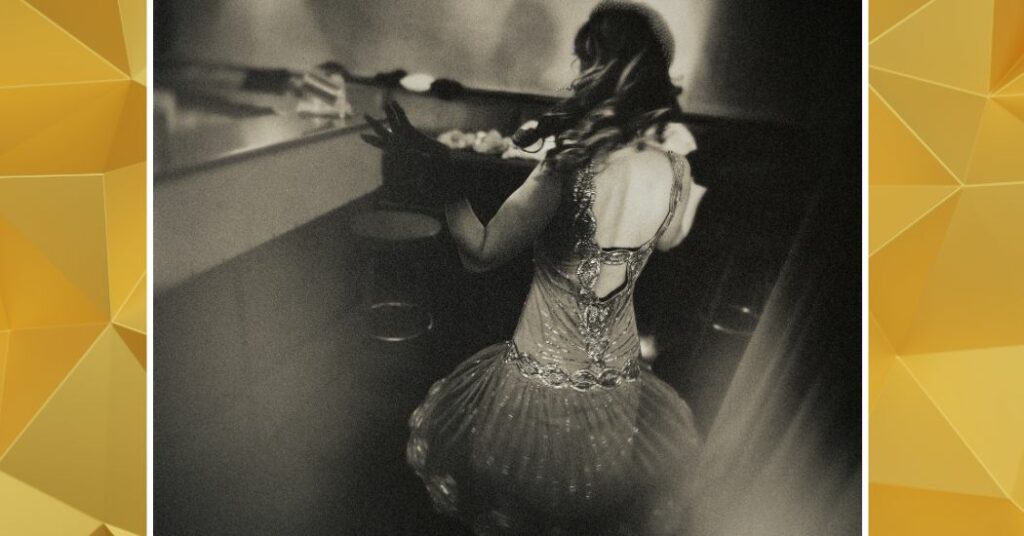
Question: What percentage of American households had electricity by the mid-1920s?
Answer: More than 60 percent.
Question: What was the first commercial radio station in the United States, and in which city was it located?
Answer: The first commercial radio station was KDKA, located in Pittsburgh.
Question: Which President became the first to address the nation by radio?
Answer: Warren G. Harding. He addressed the nation at the dedication of the Lincoln Memorial on May 30, 1922, an address that served as the day’s equivalent of the State of the Union address.
Question: What was the name given to young women who challenged traditional norms by wearing short skirts, bobbed hair, and engaging in activities like smoking and drinking?
Answer: Flappers.
Question: What amendment to the Constitution granted women the right to vote in 1920?
Answer: The 19th Amendment.
Question: Who was the president of the United States during most of the Roaring Twenties?
Answer: Warren G. Harding, followed by Calvin Coolidge.
Question: Which famous silent film actor became a household name during the Roaring Twenties?
Answer: Charlie Chaplin.
Question: What was the most important consumer product of the 1920s, which became practically a necessity by the end of the decade?
Answer: The automobile.
Question: Which musical genre became popular during the 1920s, characterized by its syncopated rhythms and improvisational style?
Answer: Jazz.
Question: What was the nickname given to the era of experimental Art Deco and modernist creativity during the Roaring Twenties?
Answer: The Jazz Age.
Question: Which literary figure’s novels, such as The Great Gatsby, chronicled the excitement and hedonism of the Jazz Age?
Answer: F. Scott Fitzgerald.
Question: What was the main purpose of the National Origins Act of 1924?
Answer: To set immigration quotas that favored Northern Europeans and restricted immigrants from Eastern Europe and Asia.
Question: Which civil rights activist founded the first predominantly Black labor union, the Brotherhood of Sleeping Car Porters, during the 1920s?
Answer: A. Philip Randolph.
Question: What term was used to describe illegal bars that served alcohol during Prohibition?
Answer: Speakeasies.
Question: Which famous gangster was known for his involvement in the illegal liquor trade during Prohibition?
Answer: Al Capone.
Question: What was the popular dance of the 1920s characterized by its fast-paced movements and energetic style?
Answer: The Charleston.
Question: What political milestone occurred in 1928, marking the election of the first Black congressman since Reconstruction?
Answer: Oscar De Priest, a Chicago Republican, became the first Black congressman since Reconstruction.
Question: Who was the famous aviator who made the first solo nonstop flight across the Atlantic Ocean in 1927?
Answer: Charles Lindbergh.
Question: What was the name of the law that prohibited the manufacture, sale, and transportation of alcoholic beverages in the United States during the 1920s and early 1930s?
Answer: Prohibition (or the Volstead Act).
Question: What nickname was given to the group of writers, intellectuals, and artists who emerged in the 1920s and challenged traditional cultural norms?
Answer: The Lost Generation.
US History Trivia: The Great Depression

Question: What event is considered the start of the Great Depression?
Answer: The stock market crash of 1929, specifically Black Tuesday on October 29, 1929.
Question: What was the primary cause of the stock market crash of 1929?
Answer: The rapid and reckless expansion of the U.S. stock market, where stock prices were much higher than their actual value.
Question: What was the name given to the period of severe dust storms that ravaged the Southern Plains during the Great Depression?
Answer: The Dust Bowl.
Question: What was the nickname for the makeshift communities of homeless people during the Great Depression?
Answer: Hoovervilles.
Question: What was the global economic system that helped spread the effects of the Great Depression throughout the world?
Answer: The gold standard.
Question: Who was the President of the United States when the Great Depression began?
Answer: Herbert Hoover.
Question: Which government agency was established in 1933 to provide relief, recovery, and reform during the Great Depression?
Answer: The New Deal.
Question: Who was the longest-serving President of the United States, serving from 1933 to 1945, and leading the country through the Great Depression and World War II?
Answer: Franklin D. Roosevelt (FDR).
Question: What were the series of radio broadcasts by President Franklin D. Roosevelt called, which aimed to communicate directly with the American people during the Great Depression and World War II?
Answer: Fireside Chats.
Question: Which New Deal program employed young men to perform conservation and infrastructure projects during the Great Depression?
Answer: The Civilian Conservation Corps (CCC).
Question: Which famous novel by John Steinbeck, published in 1939, depicts the struggles of migrant workers during the Great Depression?
Answer: The Grapes of Wrath (Book | Movie)
Question: Who was the First Lady of the United States during the Great Depression and a strong advocate for social reform?
Answer: Eleanor Roosevelt.
Question: What was the name of the set of laws passed by Congress during the Great Depression aimed at regulating the banking system and stock market?
Answer: The Securities Exchange Act and the Banking Act of 1933 (also known as the Glass-Steagall Act).
Question: Which iconic American building was completed in 1931 during the Great Depression?
Answer: The Empire State Building.
Question: Which iconic film directed by Charlie Chaplin, released in 1936, satirized the industrialization and economic struggles of the Great Depression?
Answer: “Modern Times.”
Question: Which government agency was created to insure depositors’ accounts and stabilize the banking system during the Great Depression?
Answer: The Federal Deposit Insurance Corporation (FDIC).
Question: Which legislation, passed during the Great Depression, provided Americans with unemployment, disability, and pensions for old age for the first time?
Answer: The Social Security Act of 1935.
Question: What was the name of the large-scale public works program that employed millions of people during the Great Depression?
Answer: The Works Progress Administration (WPA).
Question: What was the primary factor that eventually ended the Great Depression?
Answer: The manufacturing production increases driven by World War II.
US History Trivia: World War II

Question: What political and economic instability in Germany helped fuel the rise of Adolf Hitler and the Nazi Party?
Answer: The devastation and unresolved issues left by World War I, including resentment over the harsh terms of the Versailles Treaty.
Question: In what year did Hitler become Chancellor of Germany?
Answer: 1933.
Question: What ideology did Hitler promote, believing in the superiority of the “pure” German race?
Answer: Nazism, based on the idea of Aryan racial superiority.
Question: What event in 1939 incited Great Britain and France to declare war on Germany, starting World War II?
Answer: Hitler’s invasion of Poland on September 1, 1939.
Question: Which countries signed a pact in 1939, allowing Hitler to invade Poland without facing a war on two fronts?
Answer: Germany and the Soviet Union (German-Soviet Nonaggression Pact).
Question: What was the military strategy employed by Germany during its invasion of Poland and subsequent campaigns, characterized by swift and coordinated attacks using tanks and aircraft?
Answer: Blitzkrieg, or lightning war.
Question: What was the code name for Hitler’s invasion of the Soviet Union in 1941?
Answer: Operation Barbarossa.
Question: What event on December 7, 1941, led to the United States declaring war on Japan and entering World War II?
Answer: The Japanese attack on Pearl Harbor.
Question: What was the turning point in the Pacific theater of World War II, where the U.S. Pacific Fleet defeated the Japanese Navy?
Answer: The Battle of Midway in June 1942.
Question: Which Allied country was invaded by Germany in April 1940, leading to the famous evacuation of its troops from Dunkirk?
Answer: France.
Question: Who was the British Prime Minister during most of World War II?
Answer: Winston Churchill.
Question: What was the term used to describe the German bombing campaign against Britain in 1940-1941, which included raids on London?
Answer: The Blitz.
Question: Which country did Mussolini’s Italy join, leading to its declaration of war against France and Britain in 1940?
Answer: Italy joined Germany in the Pact of Steel.
Question: What was the name of the U.S. program that provided military aid to Allied nations during World War II, even before the U.S. entered the war?
Answer: The Lend-Lease Act.
Question: Which battle in 1942-1943 saw the defeat of the German Sixth Army and marked a major turning point on the Eastern Front?
Answer: The Battle of Stalingrad.
Question: What was the term used to describe the Allied strategy of capturing key islands in the Pacific while bypassing others?
Answer: Island-hopping.
Question: Which U.S. general accepted Japan’s formal surrender aboard the USS Missouri in Tokyo Bay?
Answer: General Douglas MacArthur.
Question: What event marked the beginning of the Allied invasion of Europe, when troops landed on the beaches of Normandy, France?
Answer: D-Day, on June 6, 1944.
Question: What was the name of the German offensive in the Ardennes region of Belgium and Luxembourg in December 1944?
Answer: The Battle of the Bulge.
Question: Who was the U.S. President who took office after Roosevelt’s death and authorized the use of the atomic bomb against Japan?
Answer: Harry S. Truman.
Question: What was the name of the secret operation that developed the atomic bomb during World War II?
Answer: The Manhattan Project.
Question: What were the two Japanese cities targeted by atomic bombs in August 1945?
Answer: Hiroshima and Nagasaki.
Question: What conference held in July-August 1945 discussed the post-war settlement with Germany and Japan?
Answer: The Potsdam Conference.
Question: What were the two main theaters of operation during World War II?
Answer: The European Theater and the Pacific Theater.
US History Trivia: Post-World War II Era
Question: Which US president initiated the Marshall Plan, a program designed to aid the economic recovery of Western Europe after World War II?
Answer: Harry S. Truman
Question: What landmark Supreme Court case in 1954 ruled that racial segregation in public schools was unconstitutional, overturning the “separate but equal” doctrine established in Plessy v. Ferguson?
Answer: Brown v. Board of Education
Question: Who was the leader of the Civil Rights Movement and delivered the famous “I Have a Dream” speech during the March on Washington in 1963?
Answer: Martin Luther King Jr.
Question: Which US senator led a campaign against alleged communists in the government, entertainment industry, and other sectors, known as the “Red Scare”?
Answer: Joseph McCarthy
Question: What event in 1969 marked the first time humans set foot on the moon, with astronauts Neil Armstrong and Buzz Aldrin becoming the first to walk on its surface?
Answer: Apollo 11 Moon Landing
Question: Which US president signed the Civil Rights Act of 1964 into law, prohibiting discrimination based on race, color, religion, sex, or national origin?
Answer: Lyndon B. Johnson
You may also like: Black History Month Trivia Questions
Question: What was the name of the military conflict that lasted from 1955 to 1975, and what did the United States support?
Answer: The Vietnam War. The USA supported South Vietnam in its fight against communist North Vietnam and its allies.
Question: Who was the first woman appointed to the United States Supreme Court, serving from 1981 until her retirement in 2006?
Answer: Sandra Day O’Connor
Question: Which landmark legislation, signed into law in 1965, aimed to eliminate discriminatory voting practices that disenfranchised African American voters?
Answer: Voting Rights Act of 1965
Question: What was the name of the US space agency established in 1958, responsible for the nation’s civilian space program and the Apollo missions to the moon?
Answer: NASA (National Aeronautics and Space Administration)
Question: Who was the Democratic candidate defeated by Richard Nixon in the 1968 presidential election?
Answer: Hubert Humphrey
Question: What infamous scandal led to the resignation of President Richard Nixon in 1974, following revelations of political espionage and corruption within his administration?
Answer: Watergate scandal
Question: Which landmark piece of environmental legislation, signed into law in 1970, established the Environmental Protection Agency (EPA) and set standards for air and water quality, among other provisions?
Answer: Clean Air Act
Question: Who was the first African American to serve as the US Secretary of State, appointed by President George W. Bush in 2001?
Answer: Colin Powell
Question: Which US president signed the Medicare and Medicaid programs into law in 1965, providing health care coverage for elderly and low-income Americans, respectively?
Answer: Lyndon B. Johnson
Question: Who was the leader of the feminist movement in the United States and author of the book “The Feminine Mystique,” which is credited with sparking the second wave of feminism?
Answer: Betty Friedan
Question: Which US city was a focal point of the Civil Rights Movement, where Rosa Parks famously refused to give up her seat on a segregated bus in 1955?
Answer: Montgomery, Alabama
Question: What was the name of the US military operation that led to the invasion of Panama in 1989, resulting in the capture of dictator Manuel Noriega?
Answer: Operation Just Cause
Question: Which US president initiated the policy of détente, seeking to ease tensions between the United States and the Soviet Union during the Cold War?
Answer: Richard Nixon
Question: What was the name of the landmark Supreme Court case in 1973 that legalized abortion in the United States, striking down many state laws restricting the procedure?
Answer: Roe v. Wade
Question: What was the name of the US policy of containment aimed at preventing the spread of communism, particularly in Eastern Europe and Asia, during the Cold War?
Answer: Truman Doctrine
Question: Which US president famously declared, “Ask not what your country can do for you—ask what you can do for your country,” during his inaugural address in 1961?
Answer: John F. Kennedy
Question: Which US president implemented the policy of “Vietnamization,” which aimed to gradually withdraw American troops from Vietnam and shift responsibility for combat operations to the South Vietnamese military?
Answer: Richard Nixon.
Question: What was the name of the first artificial Earth satellite, launched by the Soviet Union in 1957, which marked the beginning of the space age and sparked the space race between the US and the USSR?
Answer: Sputnik 1.
Question: What was the name of the military conflict between North Korea and South Korea that lasted from 1950 to 1953? Which nations backed who?
Answer: The Korean War, North Korea was backed by China and the Soviet Union, and South Korea was backed by the United Nations, primarily the US.
Question: What groundbreaking invention, developed by Jack Kilby and Robert Noyce in the late 1950s, revolutionized the field of electronics by allowing multiple components to be integrated onto a single semiconductor chip?
Answer: The microchip or integrated circuit.
And that wraps up our massive set of US history trivia questions. Did you have fun? Want more like this? Let us know in the comments!
If you enjoyed reading this article, check out some of our other history-related trivia topics and quizzes!
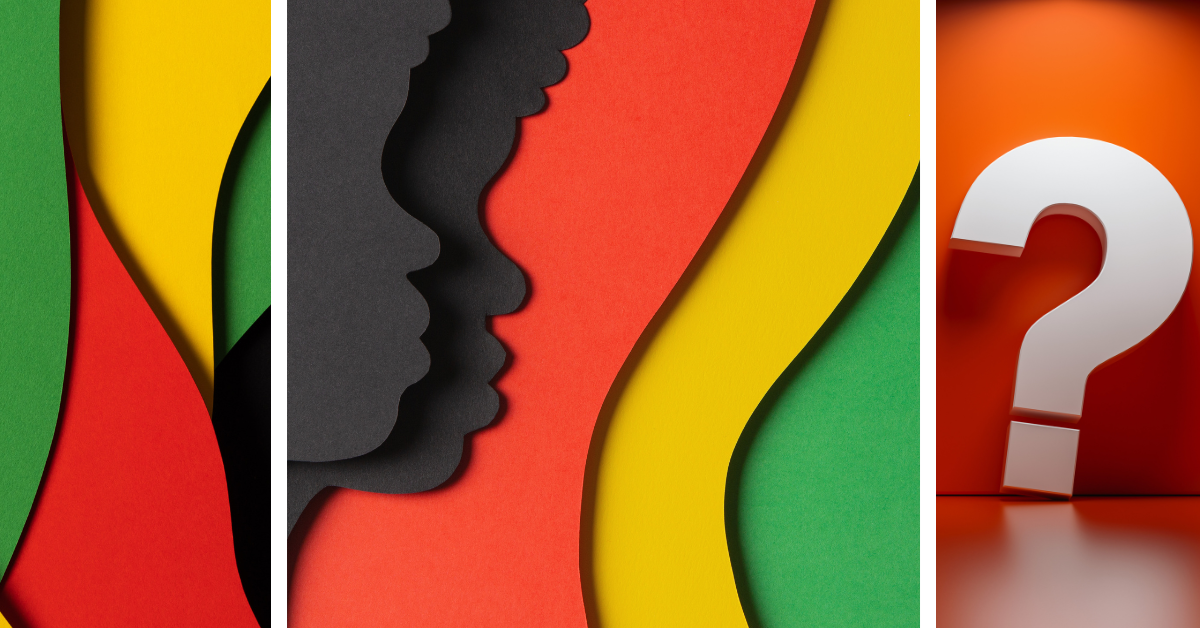
Celebrating Heritage: 45 Black History Month Trivia Questions
As Black History Month unfolds, we invite you to learn something new with our Black History Month trivia. We will … Read more
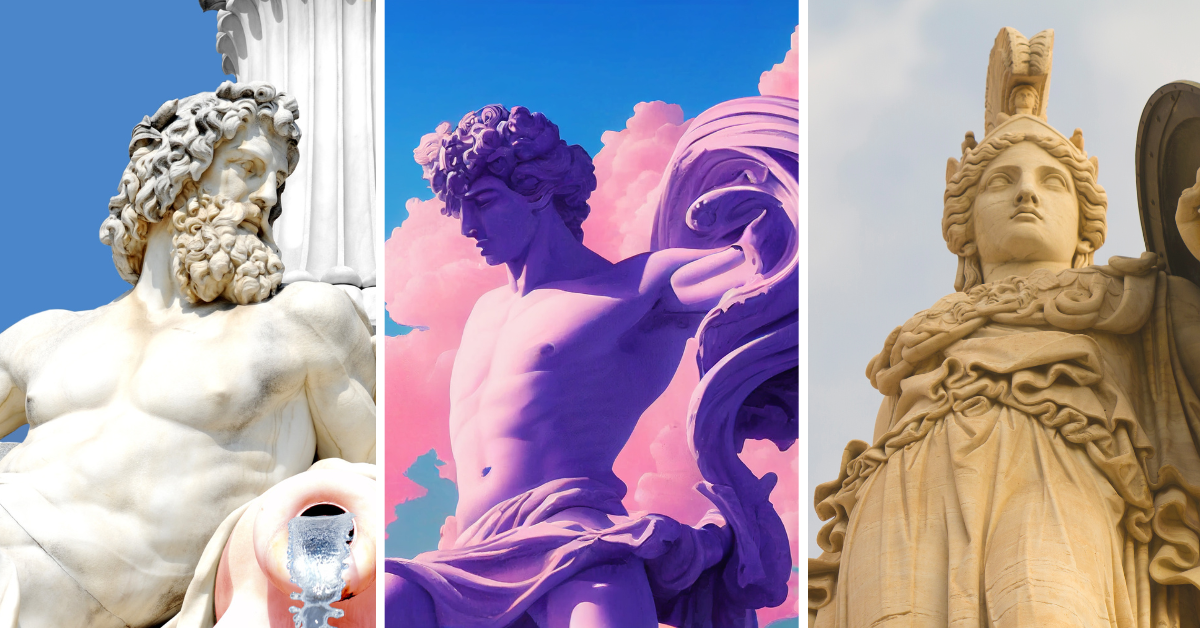
105 Greek Mythology Trivia Questions That Even The Gods Would Love
Hello, dear trivia lover (or fanatic)! Are you a fan of Greek mythology and its fascinating stories of gods, heroes, … Read more
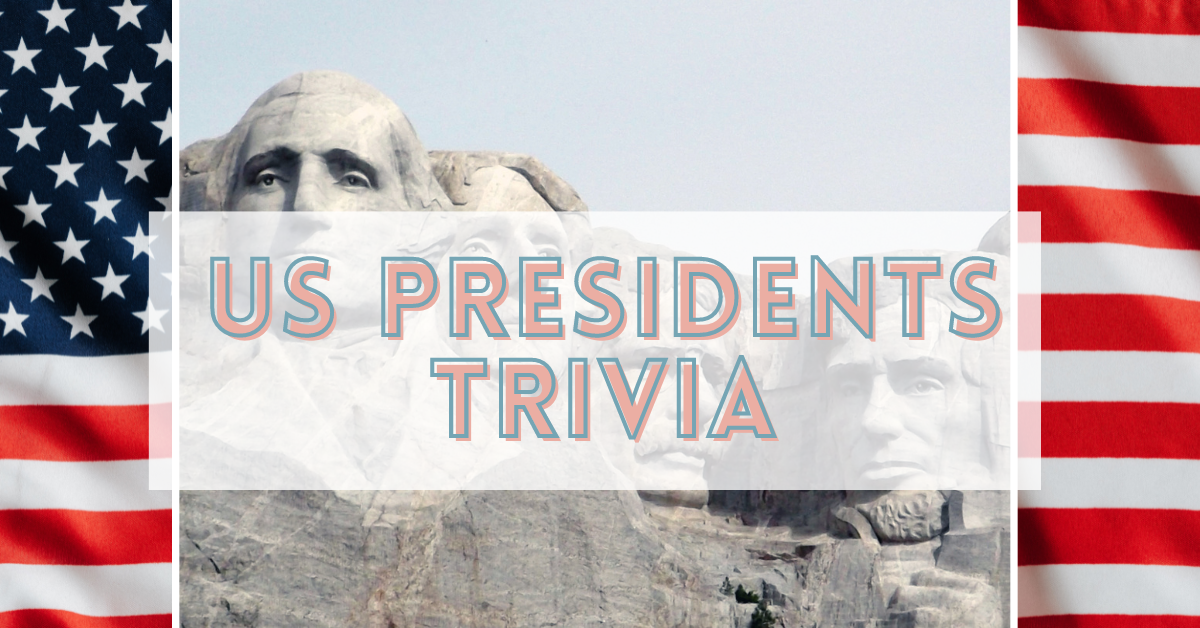
US Presidents Trivia: 77 Questions To Prove You’re A Pro
Welcome to our fun-filled trivia article all about U.S. presidents, where US history meets quirky facts! Ever wondered which president … Read more

Blast From The Past: 175 Trivia Questions For Seniors
If you (or some lucky seniors you know) are looking for a fun way to reminisce about the good old … Read more
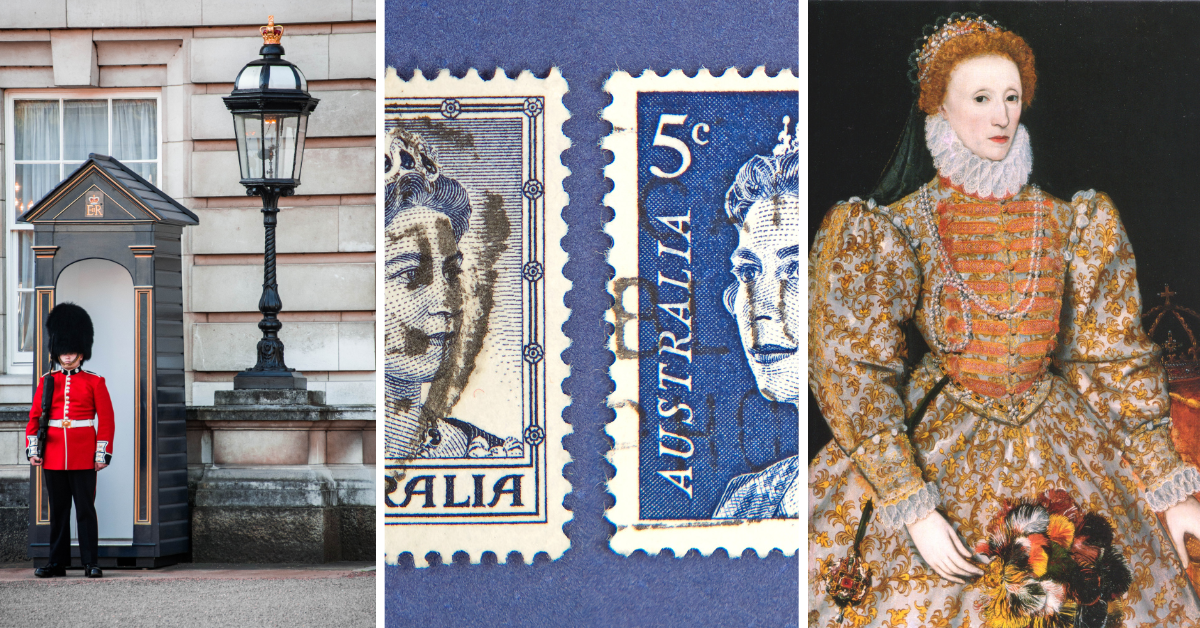
110 English Kings and Queens Trivia Questions and Answers
Welcome, royal enthusiasts! If you’re looking for a fun and challenging way to test your knowledge of English monarchs, then … Read more
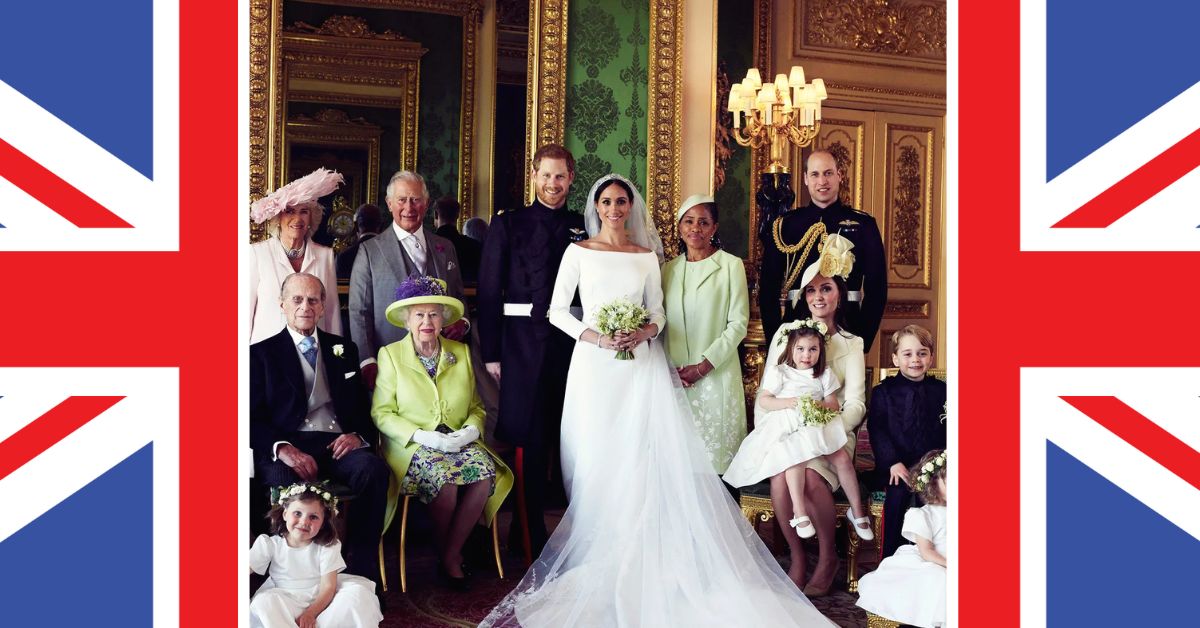
The Royal Family: 50 Trivia Questions Inspired by The Crown
Hey, royal enthusiasts and trivia buffs! In this post, we’re diving deep into the fascinating world of the British royal … Read more
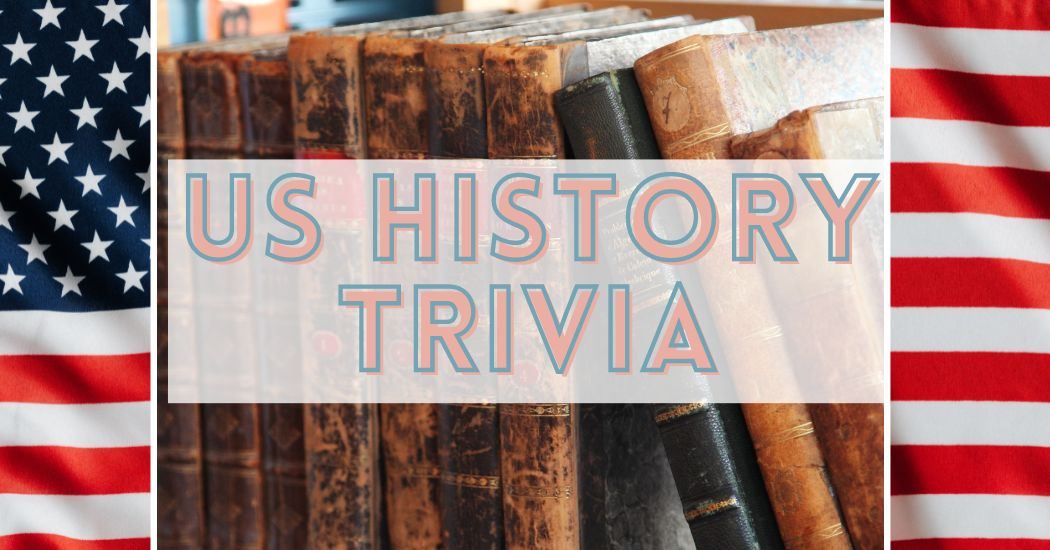
US History Mega Quiz: 185 Trivia Questions To Test Your Brains
We have a super special trivia quiz for you today — a mega US history trivia quiz — because there’s … Read more
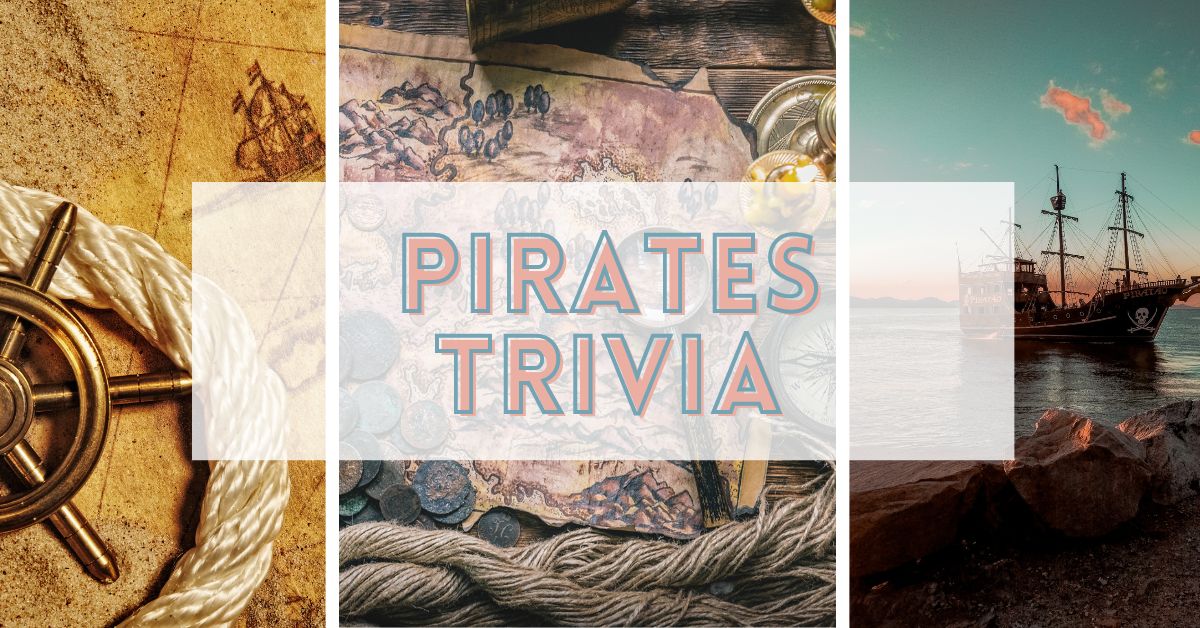
60 Fun And Fascinating Trivia Questions All About Pirates
Today, we’re diving DEEP into the swashbuckling world of pirates! From the infamous Blackbeard to the fierce Anne Bonny, the … Read more

WWII Trivia Questions: Can You Answer All 60 Questions Correctly?
Today, we’re going on a ride through one of the most pivotal periods in human history: World War II. In … Read more
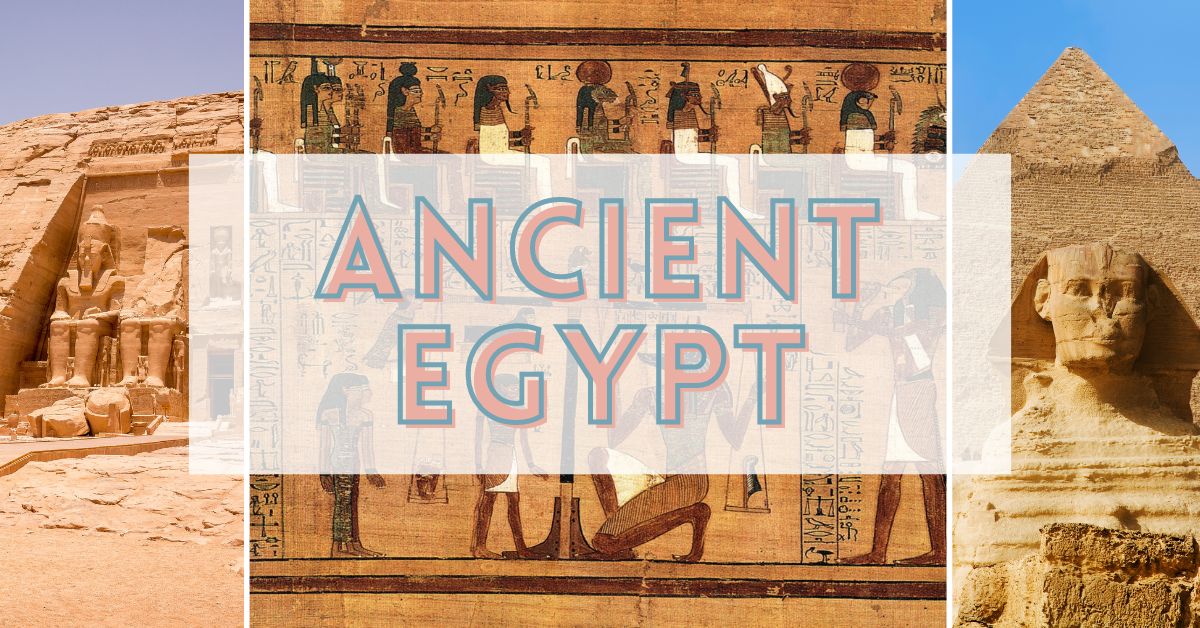
55 History Trivia Questions All About Ancient Egypt
Does the ancient civilization of Egypt just intrigue the heck out of you? We’re raising our hands for this one! … Read more
